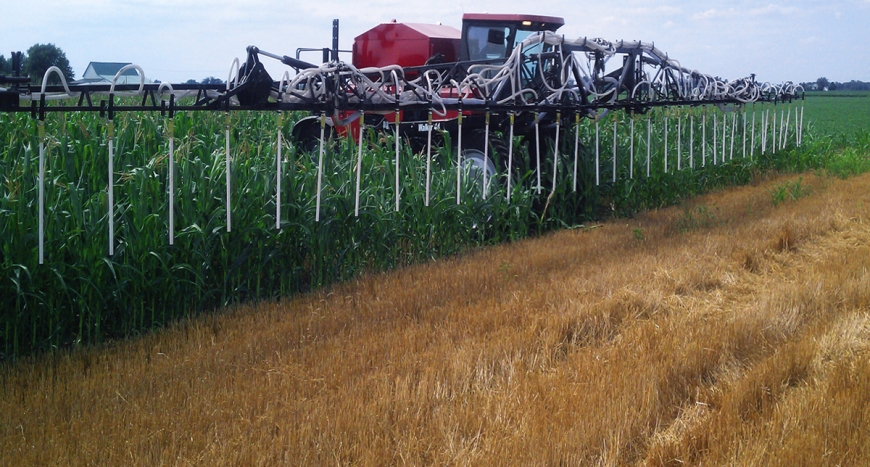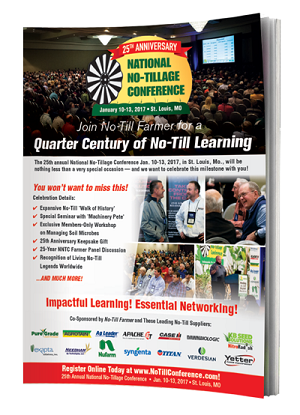Moving into fall and harvest season, it’s time to think about seeding your cover crop for next winter and spring.
While “interseeding” of cover crops has become more popular – where you plant annual ryegrass or other cover crop seeds into knee-high corn or beans – the majority of cover croppers still plant in the late summer or fall. Here’s a quick summary of options.

Broadcasting seed by aircraft or high-clearance field equipment is very popular for a couple of reasons. First, it’s done before harvest, where there’s less going on in the field in terms of equipment use. Secondly, it takes advantage of warmer weather to allow the cover crop seed to germinate before colder weather sets in.
The downsides to broadcast seeding are few, but here they are:
- Aircraft application can be messy – missing some areas or drifting over into a neighboring field
- Broadcasting in any fashion may waste seed – getting caught in foliage, for example, or laying on top of the soil without enough precipitation to germinate. It’s best to seed just ahead of a predicted rainstorm for best results.
The old standard for planting cover crops was to drill it into the field at the time of corn or bean harvest. When done in optimum conditions, there’s no better way to assure a good cover crop because it gets the best seed-to-soil contact. But there are a couple of reasons why many farmers have moved to other cover crop strategies.
- Harvest time is busy enough without adding another chore
- Harvest time is not predictable and thus planting cover crops is sometimes left to chance – will the fields be in good enough shape to plant? Will there be suitable weather to allow establishment of a cover before temperatures drop?
Click on the following links to find out more about seeding options.









